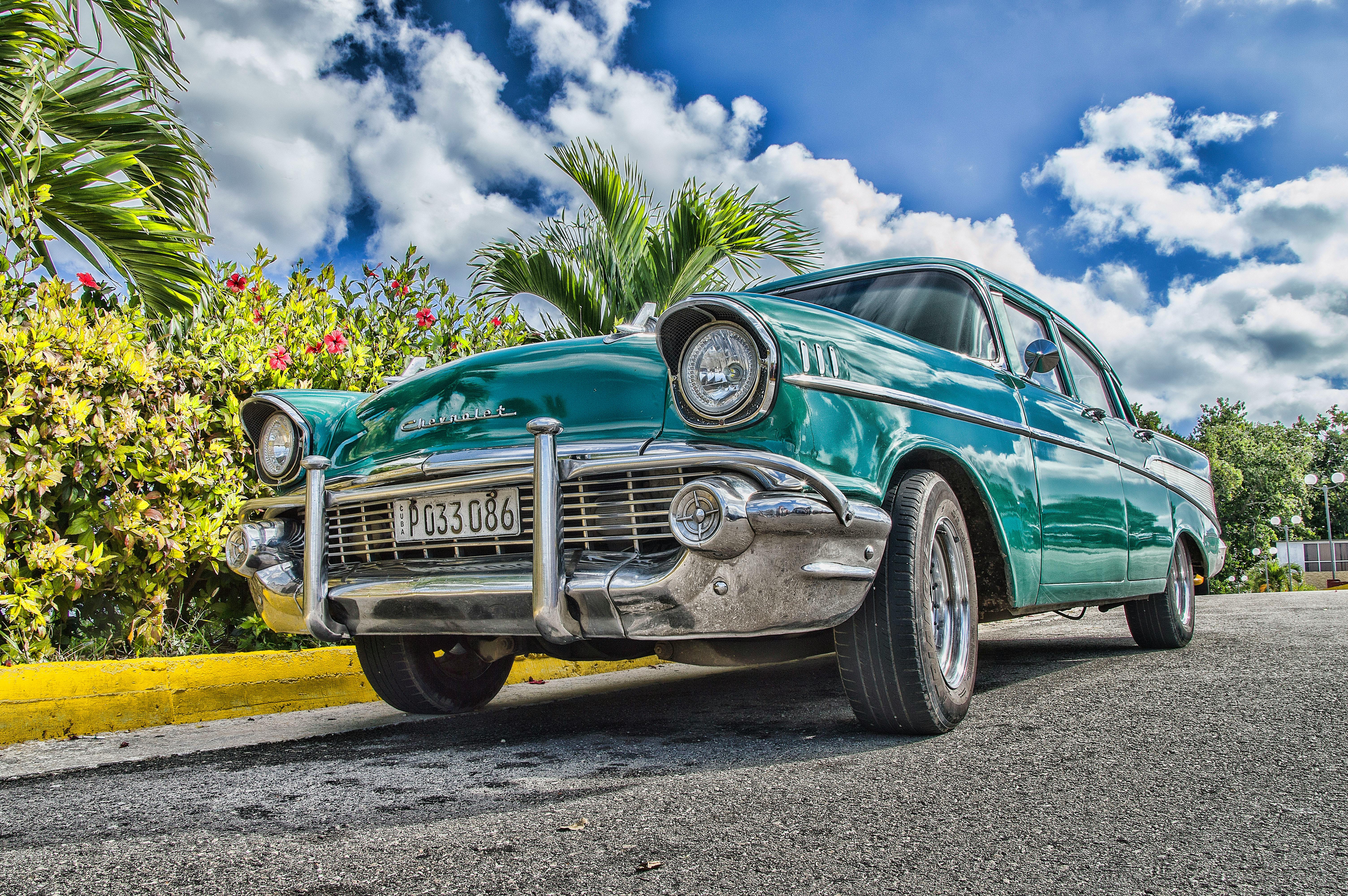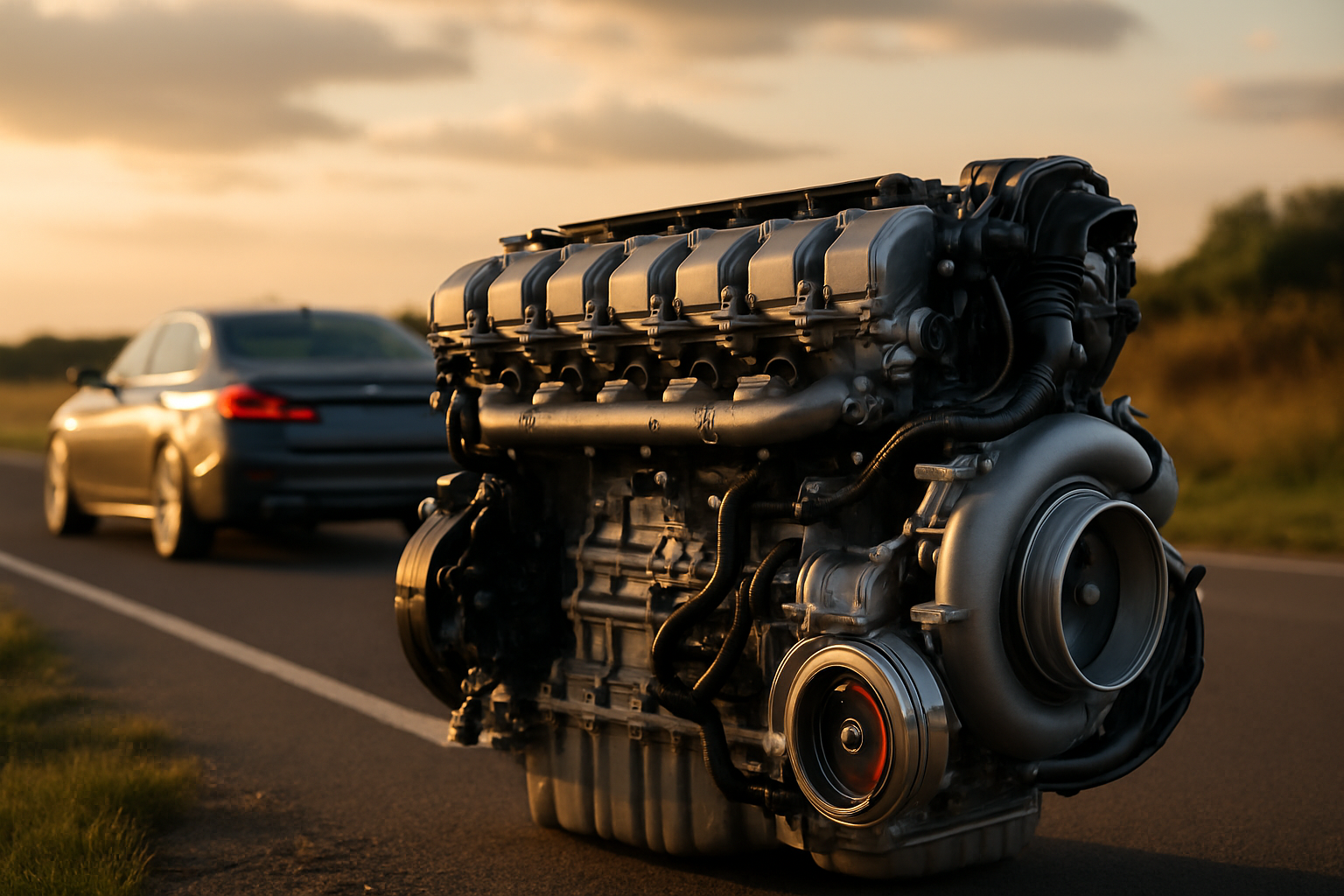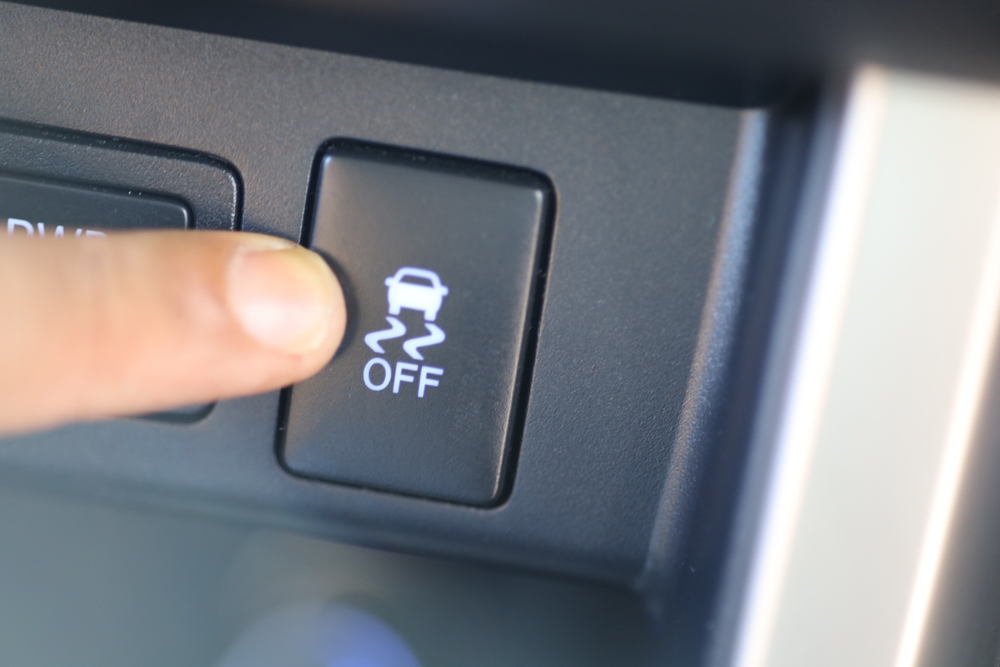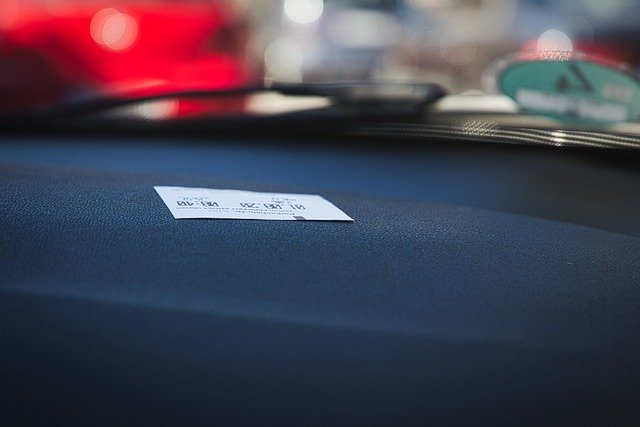Unearthing the Hidden Value of Vintage Cars: A Dive Into the World of Classic Automotive Restoration
Vintage cars have a unique charm and allure that transcends the automotive world. They are not just machines; they are timeless pieces of art, each with its own history and story to tell. This article will delve into the world of classic car restoration, exploring its history, technological advancements, and the impact it has on the automotive industry.

A Nostalgic Journey Through Time: The History of Classic Car Restoration
The practice of preserving and restoring classic cars can be traced back to the early 20th century, shortly after the mass production of automobiles began. Early enthusiasts were driven by a passion for mechanical ingenuity, craftsmanship, and the desire to preserve a piece of history.
In the mid-20th century, car restoration began to take a more professional turn. Businesses dedicated to restoring vintage cars emerged, and classic car clubs started hosting events and shows to showcase their prized possessions. This era also saw the introduction of the term “classic car” and the formation of organizations like the Antique Automobile Club of America to set standards for what constitutes a classic car.
Modern Techniques and Technological Advancements in Classic Car Restoration
The advent of modern technology has drastically changed the landscape of classic car restoration. Computer-aided design (CAD) and 3D printing technologies have made it possible to recreate parts that are no longer in production. Advanced paint and body repair techniques have also improved the quality and longevity of restorations.
Digital technology has also revolutionized the way restorers research and gather information. Online databases and forums provide a wealth of knowledge, while e-commerce platforms have made it easier to source rare parts from around the world.
The Impact of Classic Car Restoration on the Automotive Industry
The classic car restoration industry has a significant impact on the broader automotive industry. It fuels a love for cars and encourages an appreciation for the craftsmanship and design of older models. This often influences modern car design and manufacturing, with companies reintroducing classic models or incorporating retro design elements into new models.
Moreover, classic car restoration has economic implications. The industry generates substantial revenue, with high-end restorations often fetching millions at auctions. It also creates jobs and supports a multitude of businesses, from restoration shops to parts suppliers and insurance companies.
The Joys and Challenges of Classic Car Restoration
Restoring a classic car can be a rewarding experience, providing a sense of accomplishment and a tangible connection to automotive history. However, it also presents unique challenges. Finding rare parts can be difficult and expensive, and the process can be time-consuming and technically complex.
Despite these challenges, the classic car restoration community is thriving. The shared passion for vintage automobiles creates a sense of camaraderie and mutual support. Enthusiasts often work together to solve problems, share resources, and celebrate each other’s successes.
Reflecting on the Past, Looking Towards the Future
Despite the rapid advancements in automotive technology, the interest in classic cars and their restoration remains strong. As we continue to forge ahead into the future of the automotive industry, it’s essential to remember and appreciate the historical significance and beauty of classic cars. They remind us of where we’ve come from, and in many ways, they can also point us to where we’re going.
In conclusion, classic car restoration is more than just a hobby. It’s a celebration of history, craftsmanship, and mechanical ingenuity. It’s a testament to the enduring appeal of vintage cars and the people who dedicate their time, resources, and passion to preserving them.




